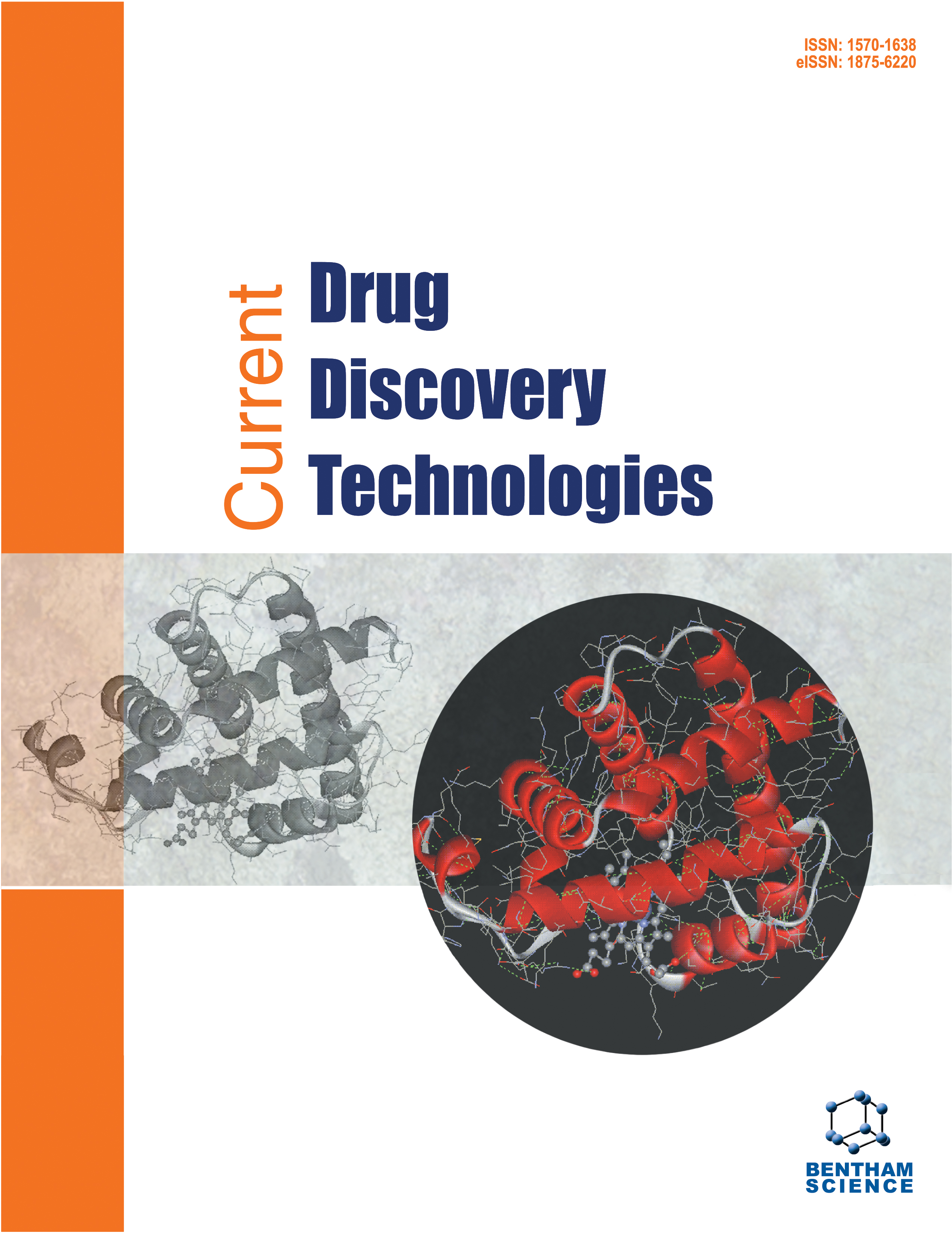
Full text loading...
We use cookies to track usage and preferences.I Understand

Most of the newly discovered drug candidates are lipophilic and poorly water-soluble, making it a significant challenge for the pharmaceutical industry to formulate suitable drug delivery systems. This review gives insight into an overview of the liquisolid technique (LST) and summarizes the progress of its various applications in drug delivery. This novel technique involves converting liquid drugs or drugs in a liquid state (such as solutions, suspensions, or emulsions) into dry, non-adherent, free-flowing, and readily compressible powder mixtures by blending or spraying a liquid dispersion onto specific powder carriers and coating materials. In Liquisolid systems, the liquid medication is absorbed into the interior framework of carriers. Once the carrier's interior is saturated with liquid medication, a liquid layer forms on the surface of the carrier particles, which is instantly adsorbed by the fine coating material. As a result, a dry, free-flowing, and compressible powder mixture is formed. Compared to other solubility enhancement techniques, s.a. micronization, inclusion complexation, microencapsulation, nanosuspension, and self-nano emulsions, LST is relatively simple to prepare and may offer a cost-effective solution to enhance the solubility of poorly water-soluble drugs enhancing its bioavailability in drug formulation and delivery.

Article metrics loading...

Full text loading...
References


Data & Media loading...